Fine Arts Museum of Ho Chi Minh City
Description
The Ho Chi Minh City Museum of Fine Arts is the city’s primary art museum, and the country’s second only to the Vietnam National Museum of Fine Arts in Hanoi.
The museum consists of three floors that house a collection of Vietnamese art works in sculpture, oil, silk painting, and lacquer painting, as well as traditional styles such as woodcut paintings in the Hang Trong, Dong Ho, and Kim Hoang styles, as well as Vietnamese ceramics and an ancient Buddhist art collection. The first floor also houses a commercial art gallery. The third floor houses archaeological exhibits such as some of the best Champa and Oc Eo relics in the country.
Rivera, a French architect, designed the main structure between 1929 and 1934 as a villa for the Hua (Hui-Bon-Hoa) family. In 1987, the museum relocated there.
Collections of Fine Arts Museum of Ho Chi Minh City
The Fine Arts Museum is a must-see for anybody interested in Vietnamese arts and culture. Although the museum itself is not large or modern enough, its extensive collections can compensate for these shortcomings. The museum is dedicated to collecting, preserving, and showing outstanding artworks representative of Vietnamese people, particularly those from Ho Chi Minh City and the South. It has three levels of exhibition area.
The first floor is dedicated to displaying domestic and international artists. The second floor houses art works by Vietnamese and non-Vietnamese artists, including paintings and sculptures. Trinh Cung, Do Quang Em, Diep Minh Chau, and Nguyen Gia Tri are among the prominent Vietnamese artists whose works are on show.
The third level houses a collection of historic arts dating from the seventh to the early twentieth centuries, including Champa and earlier civilizations such as the Oc Eo archaeological site in the Mekong Delta. The museum manages the modern Blue Space Contemporary Art Centre, which is located near the entrance. The basement contains a maze of galleries that may be entered from the plaza in the center of the building.
Architecture of Fine Arts Museum of Ho Chi Minh City
The majority of museums in Vietnam, in particular, and around the world in general, are fundamentally valuable art works, not to mention the objects within the museum. The spectacular architectural architecture of the Fine Arts Museum is no exception.
The Fine Arts Museum’s three-story structure was created in the Art-deco style, an architectural style that harmonizes the most fundamental values from Asian and European fine arts schools. A yellow building with arched windows pivots in the middle of a green space is immediately seen from the main entrance.
The front of this building was in the form of an archway, with two small staircases leading to the main door. In the center, there is also a tiny fountain with two sculptures on opposite sides. The entire structure is a U-shaped house, with a tiny courtyard at the back of the main building that gets a lot of sunlight.
This was the first building in Saigon to incorporate elevators into the architecture. The elevator was adorned to seem like an ancient Chinese palanquin at the time. The red tiled roofing in the Yin and Yang pattern is another Chinese aspect of the museum. The windows are outfitted with colorful glass windows in the traditional European art style. All of the intricacies combine to make the building construction an exterior artwork with distinct East Asian and French characteristics.
The Ho Chi Minh City Museum of Fine Arts spans 3,514 square meters and is organized into distinct sections with diverse purposes. The basement is utilized for office work, the first story for galleries, exhibitions, and commercial activities, the second floor for fine arts paintings, and the third floor for antique sculptures and traditional handicrafts of South Vietnam’s ancient population.
The main entrance passage on the first level, with a towering lobby, huge pillars, and steps on both sides, is the architectural highlight of the entire building. The main door is shaped like an arch, and above it are stylised steel lettering H.B.H, an abbreviation for Mr. Hua Bon Hoa’s name. And at the back of the museum is a stele etched with the names of the building’s previous owners, the majority of whom were related to Mr. Hua Bon Hoa.
The museum’s long corridors lead to exhibition rooms, which are all joined by side doors. A green wooden door in front of each room leads to a little balcony. The balconies’ pivots are fairly plain, with vertical grids; nonetheless, the inside of the Fine Arts Museum is full of natural light and wind, creating a shimmering area within, thanks to the doors and windows.
The main corridor is yellow, and as you move through it, the yellow fades away, allowing the gray walls and windows to take their place. In contrast to the coolness of gray, the heat of red graces the serene atmosphere with brightness and a touch of modernism. All of the colors work together to create a vivid depiction of architecture inside the museum.
History of Fine Arts Museum of Ho Chi Minh City
The Fine Arts Museum, also known as the Ho Chi Minh City Museum of Fine Arts, is one of the city’s largest museums. It has experienced history’s ups and downs, as well as the rise of Ho Chi Minh City following its unification in 1975.
The structure was completed in 1929 and dedicated in 1934. Mr. Rivera, a French architect, built it as a harmonious blend of Asian and European architecture. At the time, the structure was the family residence of a Chinese-born businessman named Hua Bon Hoa, who was one of the wealthiest traders in colonial South Vietnam. Hua Bon Hoa, also known as Uncle Hoa, was the owner of numerous additional buildings in Ho Chi Minh City, including the Tu Du Hospital, Majestic Hotel, and Emergency Center.
The proprietors of this structure changed over time, coinciding with historical events such as the August Revolution in 1945, the separation of the North and South in 1954, the fall of the Republic of Vietnam in 1975, and the Renovation in 1986. Despite the fact that Ho Chi Minh City has changed in many ways, the architectural work has retained its antique appearance and enhances the city’s overall development.
The City People’s Committee transformed this structure into the Ho Chi Minh City Museum of Fine Arts in 1987, one year after the Renovation. However, due to a shortage of artifacts, it did not open until 1992. It is more than just a physical location; it is also the home of many sculptures, paintings, and artifacts that contribute to the growth of fine arts in Ho Chi Minh City.
Mrs. Tran Thi Huynh Nga, the wife of a prominent artist, rented a space in this museum at the start of its foundation and turned it into a modern art platform, where many seminars, exhibitions, and performance events were conducted in the following years.
Gallery / Photos
Working Hours
- Monday 7:30 AM - 5:00 PM
- Tuesday 7:30 AM - 5:00 PM
- Wednesday 7:30 AM - 5:00 PM
- Thursday 7:30 AM - 5:00 PM
- Friday 7:30 AM - 5:00 PM
- Saturday 7:30 AM - 5:00 PM
- Sunday 7:30 AM - 5:00 PM
Location / Contacts
- Address : 97A D Pho Duc Chinh, Ho Chi Minh City 70000 Vietnam
- Phone : +842838294441
- Mail : hcmcfinearts.museum@gmail.com
- Website : http://baotangmythuattphcm.com.vn/lien-he

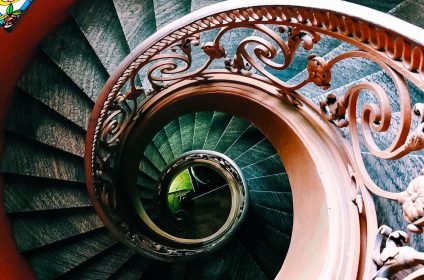
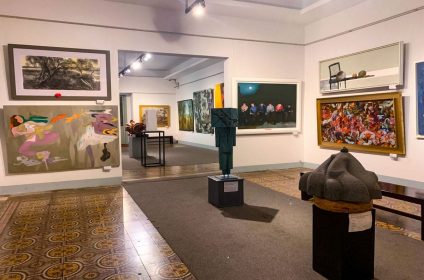
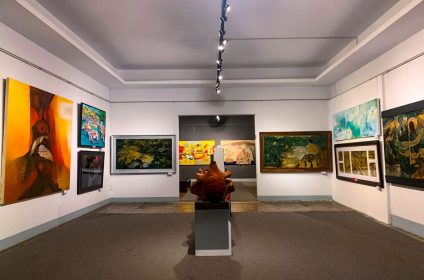
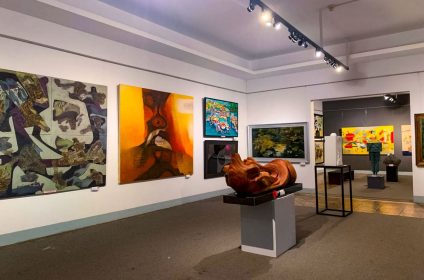
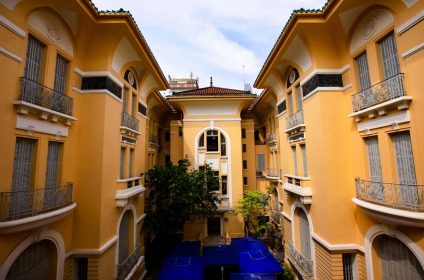
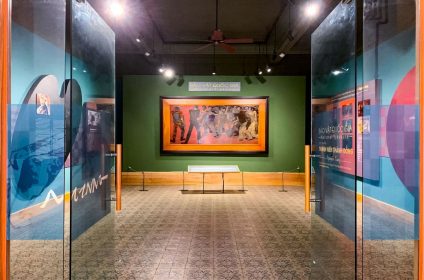
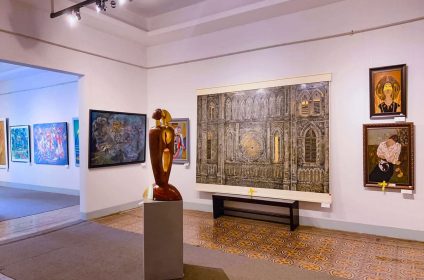
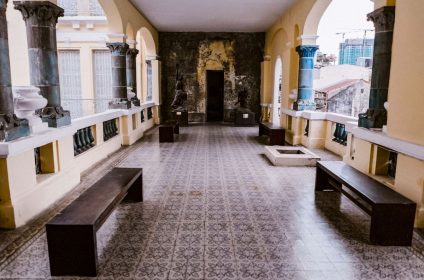
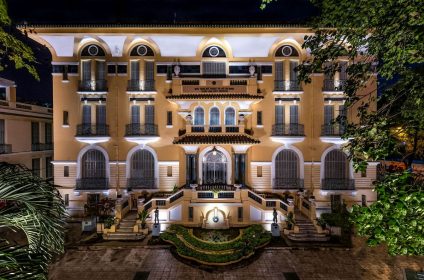
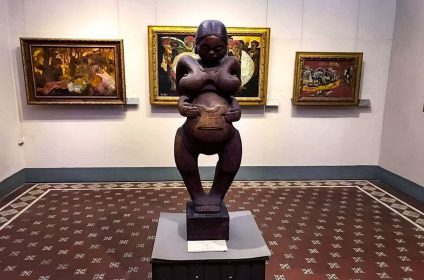
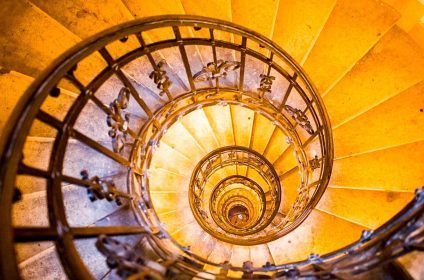
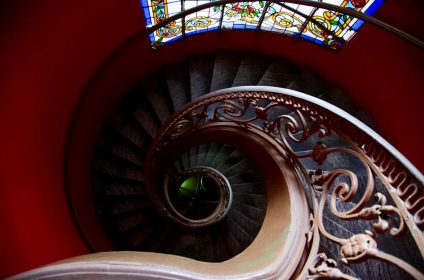
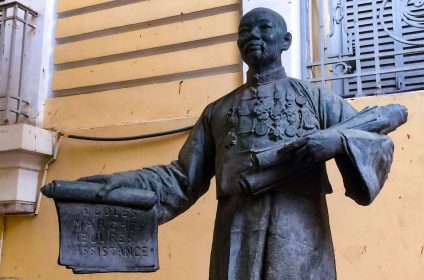
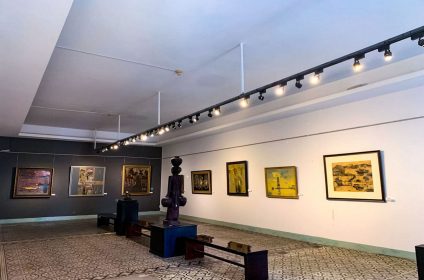
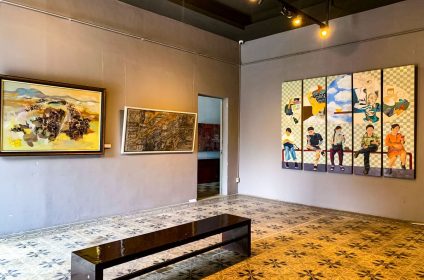
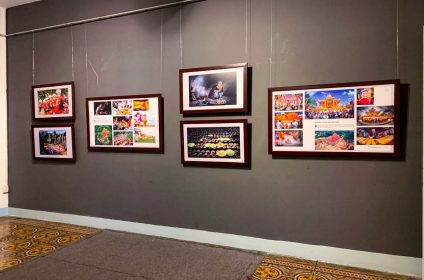
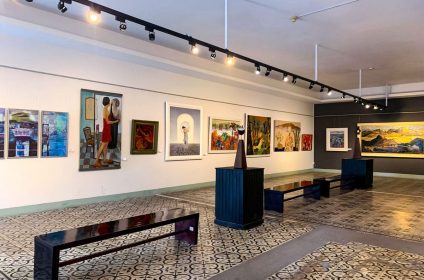
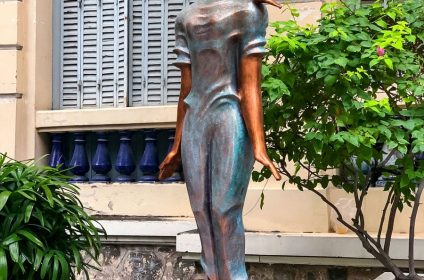
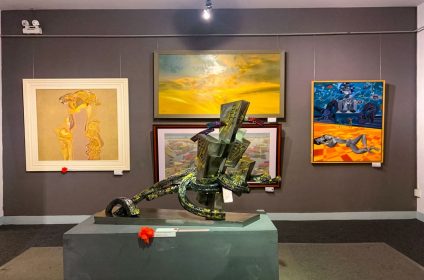
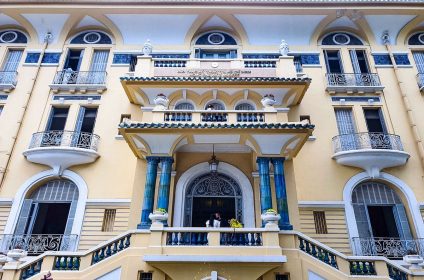


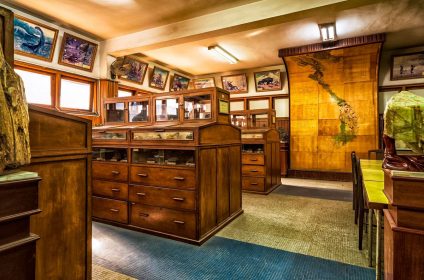

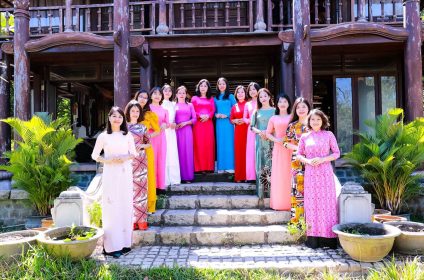
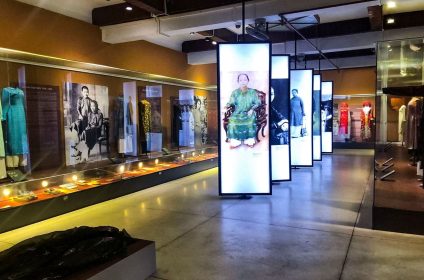










Add Review